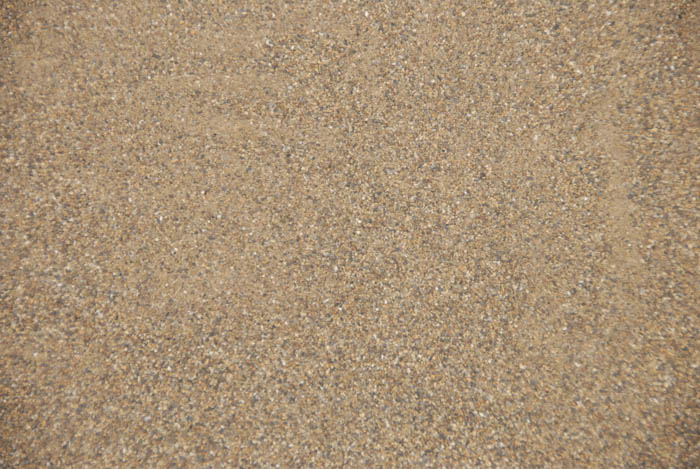Description
High-temperature heat-insulating lightweight concretes with application temperature of 900 to 1700 °C.
In recent years, the designs of lining of various thermal units, continuously improving, have undergone significant changes. The heavy brick lining was replaced by light, made of high-quality high-temperature lightweight heat-insulating concretes. The use of effective high-temperature light insulating concrete allows reducing the material consumption of heat-generating apparatus and thermal furnaces, as well as unproductive heat losses to the environment. It allows solving the problem related to saving energy resource by reducing heat losses in manufacturing processes or generating and transporting thermal energy.
High-temperature concretes with a bulk density in the dried state of less than 1000 kg/m3 are classified as insulating lightweight concretes and are used for lining the surface of thermal units in the absence of abrasive action on the medium with a temperature of not more than 1100 °C. These lightweight concretes are used as a back-up thermal insulation, where it is necessary to minimize heat flows.
For technical specifications refer to Table 1.
Concretes with high strength and high application temperature. The strength of these concretes is comparable to the strength of dense refractory concretes, at the same time, their density and thermal conductivity is almost two times lower, which makes it possible to reduce the thickness and mass of the lining of the thermal unit.
For technical specifications refer to Table 2.



 Русский
Русский 